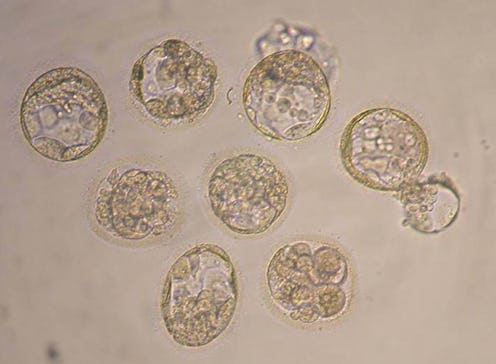News
Science Just Put Little Robots In Cells
Prepare for science to blow your mind. For the first time, scientists have inserted nanomotors inside of living cells. That's right — teeny, tiny, microscopic motors may be able to move around within your cells, ranging in size from 1 to 100 micrometers, in the future. Chemists and engineers at Penn State University Wednesday announced they'd successfully implanted the nanomotors, and steered them around, human cervical cancer cells.
These little powerhouses pack quite a punch, apparently: "The nanomotors can act as egg beaters to homogenize the cell's contents, or they can act as battering rams to puncture the cell membrane," according to Penn State's report.
The most revolutionary part of this nanotechnology is its potential impact in battling disease, squeezing their way into hard-to-reach places. The nanomotors could even possibly help deliver drugs or perform surgery inside cells, researchers say.
"You could imagine if you had a way to get these specifically inside just cancer cells, you could then crank up the power and kill all those cells," said Tom Mallouk, senior author of the study and professor of materials chemistry and physics at the university.
Researchers used high-powered ultrasonic waves and magnetic forces to propel the nanomotors around. They also found that the particles could move autonomously (independently of one another) which Mallouk says is significant, because cancer cells have a greater chance of being destroyed if the nanometers don't all move in only one direction.
The nanomotors' signature gold rods are clearly evident in this video from Penn State. Look at them go!
Still, the road towards actual medical breakthrough is still a while off. Mallouk expects the whole process to take another decade because there hasn't been any testing in actual humans or animals yet.
Still, pretty freakin' cool, right?
RELATED: The Science Of Robberies, The New Death Clock, And More Surprising Studies
Image: Getty Images
